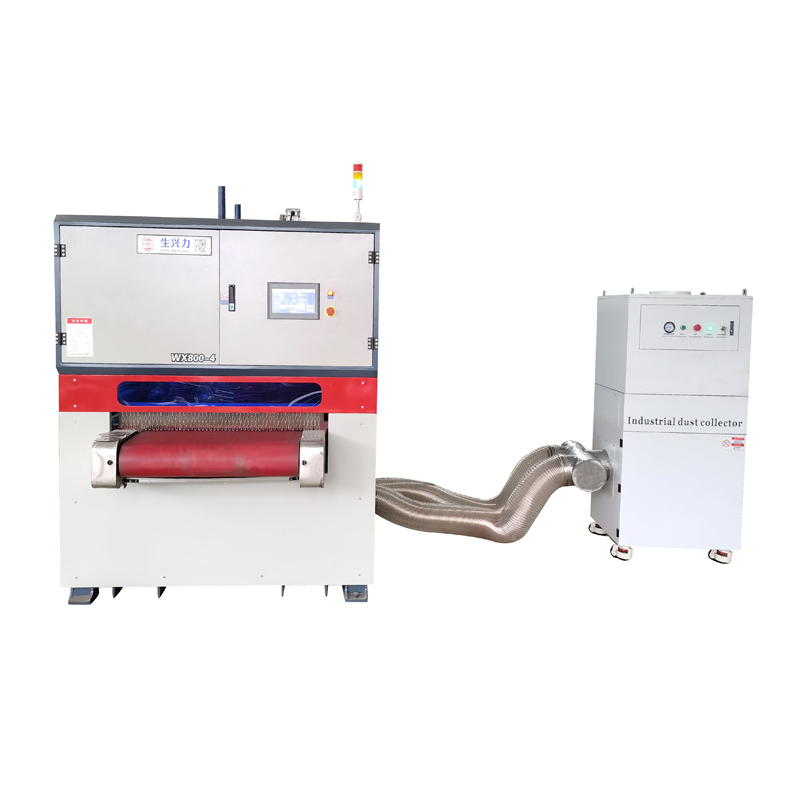

The removal of burrs has two functions: improving the quality of billet rolling; Reduce the damage to the conveyor roll and roll. After the slab is formed in the continuous casting machine, it is cut according to the fixed size, and then transferred to the dewooling machine by the driving roller.
Enter the deburring village of the cutting process open. Deburring machine initial state The deburring machine plunger beam is low, the blade is retracted, and the upper edge of the blade is located below the edge of the Korean road. When the blank is transported to the grating LB1, the travel speed of the blank decreases from the transfer speed Vt to the burr removal speed Ve, and the blank transfer stops at the Ve speed to the grating LB3. The blade and the plunger cross beam rise at the same time, the blade presses on the lower surface of the blank, and the blank moves to the right at the speed of Ve to complete the action of removing the hair; When the blank runs to the grating LB2, the blade and the plunger cross member drop simultaneously, the blank transfer stops, and the plunger cross member is turned 90° to complete the cleaning procedure. Then the blank moves to the left at the transfer speed Vt, and after entering the sector sheet punching, each sheet needs to undergo strict deburring, so that the burrs in the stamping process are controlled in a small range. In foreign countries, it is generally two consecutive deburring times, and two deburring machines are connected in the automatic production line. The deburring machine can be used as a roller grinding wheel or a belt deburring machine. The main characteristics of the latter are: fast rotation speed, up to 10~35m/min, easy and fast replacement of sand belt, and can adapt to various shapes and thickness of the film. Burr quality of weighing belt is better than roller grinding wheel. The sand belt is coated with a high-speed rotating rubber belt with spiral grooves that prevent the sand belt from being contaminated. The pressure of the sand belt is controlled by compressed air, maintaining constant pressure, and automatically stopping when the sand belt is damaged or other failures occur. The procedure for removing burrs at the end of the blank is the same as above.
